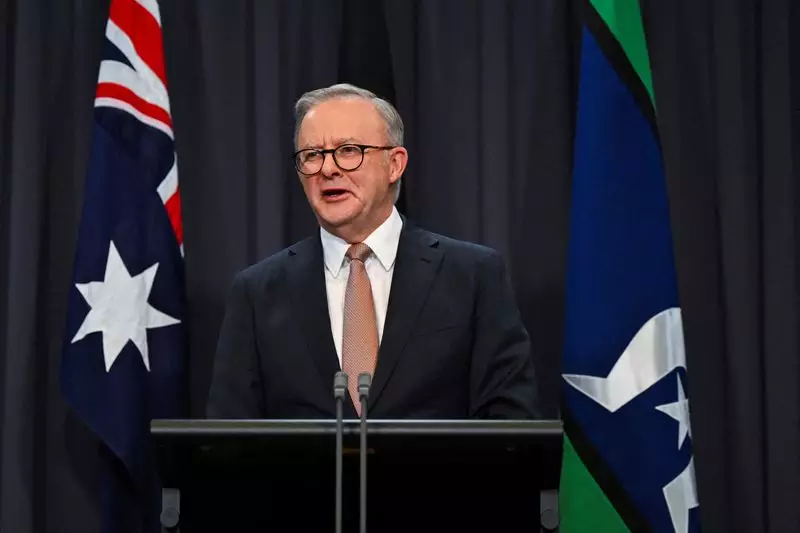In recent years, the burden of student debt has become a pressing issue for many Australians, significantly affecting their financial wellbeing and long-term planning. Understanding this challenge, Australian Prime Minister Anthony Albanese has announced an ambitious plan to alleviate the financial strain faced by students and recent graduates. In a proactive response to escalating living costs and stagnant wages, the government revealed a plan to reduce student loan debts for approximately three million Australians by a remarkable 20%, translating to an estimated A$16 billion ($10 billion) in loan forgiveness.
This significant initiative builds upon the government’s previous measures introduced in May’s budget, aimed at addressing the rampant cost of living that has been exacerbated by high inflation rates. The relief for student debtors is just one component of a broader strategy that includes reducing the prices of essential medicines and enhancing support for renters, thus demonstrating a holistic approach to economic management. Albanese emphasized that this debt reduction is crucial for improving the financial landscape for current students while outlining plans for ongoing reforms in the education system.
According to the government, under the new model, a typical graduate with an average debt of A$27,600 will see a reduction of A$5,520 from their loans. The relief measures are set to take effect on June 1, 2025, which provides a practical timeline for implementation while also allowing for a phased adaptation for both lenders and borrowers. Additionally, the government’s intention to lower the annual repayment amounts and increase the income threshold for repayments will further enhance the financial stability of graduates. This signifies not just a momentary handout, but a strategic move to redefine the repayment landscape for student loans in Australia.
Albanese’s vision does not stop at immediate debt relief. He has articulated a long-term strategy for educational accessibility, pledging to legislate the provision of 100,000 free places each year at Technical and Further Education (TAFE) institutes should the Labor Party retain power in the next federal election scheduled for 2025. This forward-thinking approach underscores the government’s commitment to empowering future generations through affordable education and vocational training opportunities.
With a federal election looming, Albanese’s announcements serve not only as a direct response to the economic hardship felt by many Australians but also as a strategic political maneuver. As the Labor government finds itself trailing behind conservative rivals in the polls, the effectiveness of these economic policies will be vital for the party’s chances in the upcoming elections. The stakes are high; thus the Albanese administration must ensure that these measures translate into tangible benefits for those affected by student debt while also addressing broader issues of inflation and cost of living.
Australia’s plans to reduce student debt are a commendable and necessary step towards creating a more equitable educational landscape. However, the effectiveness of these initiatives will be closely watched as they unfold in the coming years. The government must adeptly navigate the political landscape and economic realities to deliver on its promises and ensure sustainable growth for all Australians.

